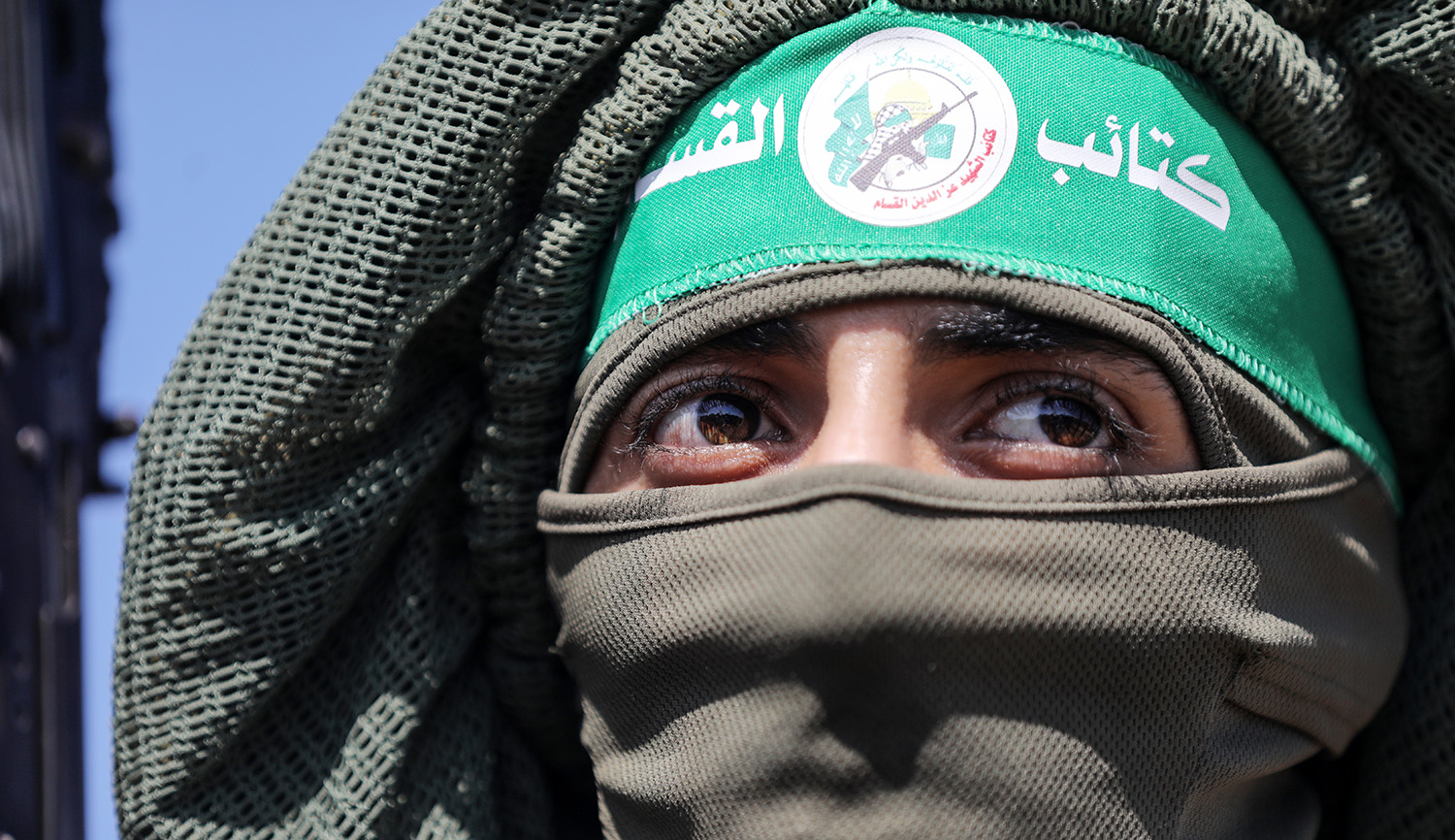The Shoah is generally thought of as the archetypal genocide, but to Dan Michman that term is inadequate for describing the plans and actions of the Nazis. Genocide—as defined by Raphael Lemkin, who coined the term—constitutes “a coordinated plan of different actions aiming at the destruction of essential foundations of the life of national groups, with the aim of annihilating the groups themselves.” In an interview with Manfred Gerstenfeld, Michman says:
Hitler and an enormous number of his associates . . . believed . . . that the world was poisoned by the “Jewish” idea of human equality, which was carried over the ages by the Jews all over, and thus had penetrated into Christianity, liberalism, socialism and Communism, capitalism, democracy, etc. Through these political and religious systems, the pollution had also penetrated into other domains, such as the arts, science, and medicine.
[Thus the] Nazi goal went far beyond the physical murder of Jews. It aimed also at a Sisyphean struggle against all expressions of assumed Jewishness. In the Nazi worldview, that meant all ideas and political systems that are based on equality. In the Nazis’ fantasies Jews were the only group whose members were—or had an influence—everywhere in the world, and who were thus the binding element of all enemies of National Socialism.
Hitler indeed had a grand vision of restructuring the world along racial lines, as scholarship has demonstrated very well, but also of healing it—an aspect [of his thought that is] often neglected. In this context, the war against the Jews was a long-term central obsession. Already in 1919 he coined the expression Entfernung der Juden überhaupt, the total removal of the Jews. . . . Hitler’s view was shared by many lower-echelon functionaries [in the Nazi party]. . . .
[Thus] the Holocaust is much more than the murder of six million Jews. The mass murder (the Final Solution policy) was an essential part—yet only a part—of the much larger anti-Jewish campaign.
Read more at Israel National News
More about: Adolf Hitler, Anti-Semitism, Genocide, History & Ideas, Holocaust, Raphael Lemkin


